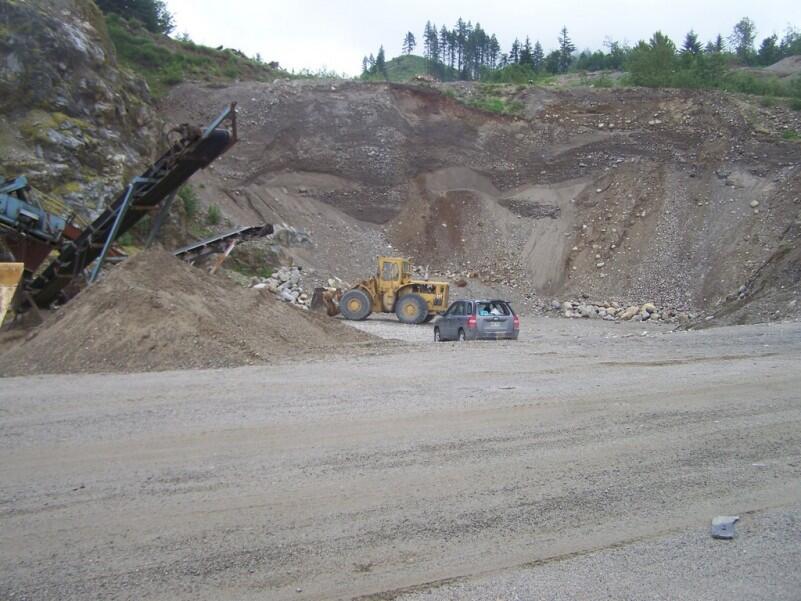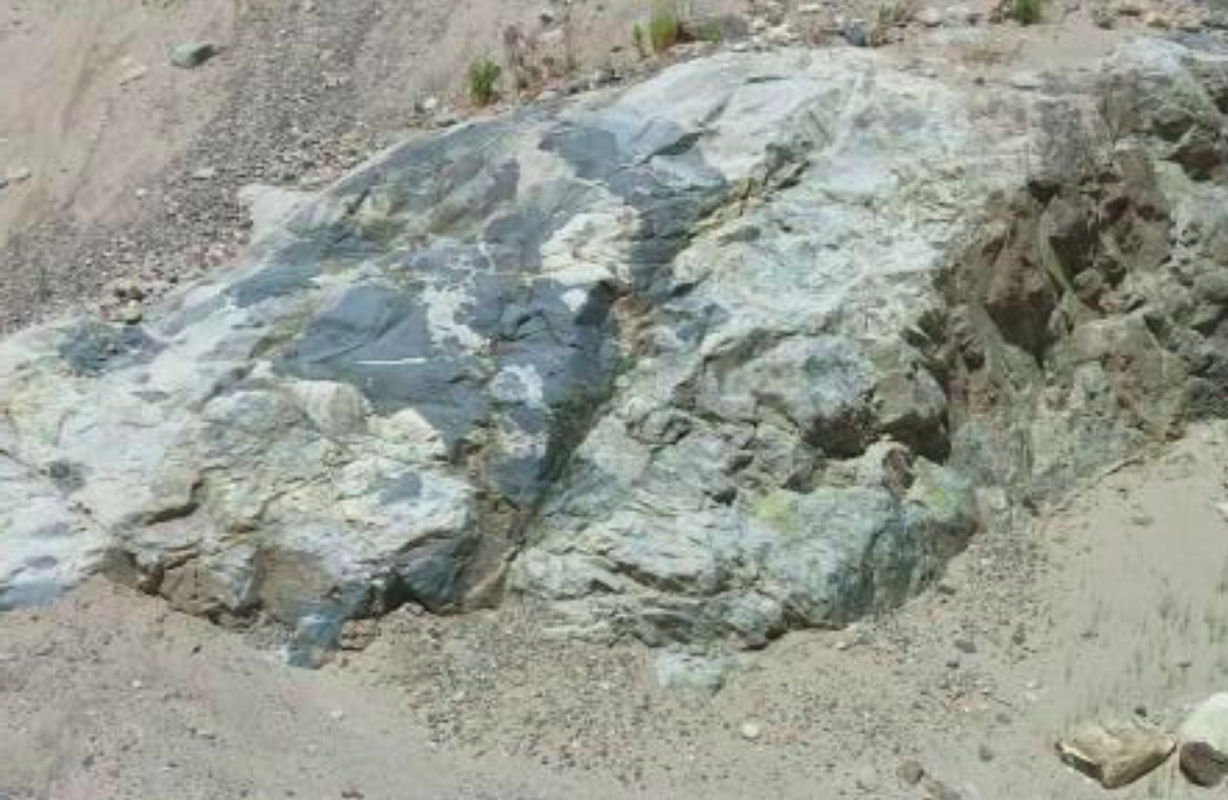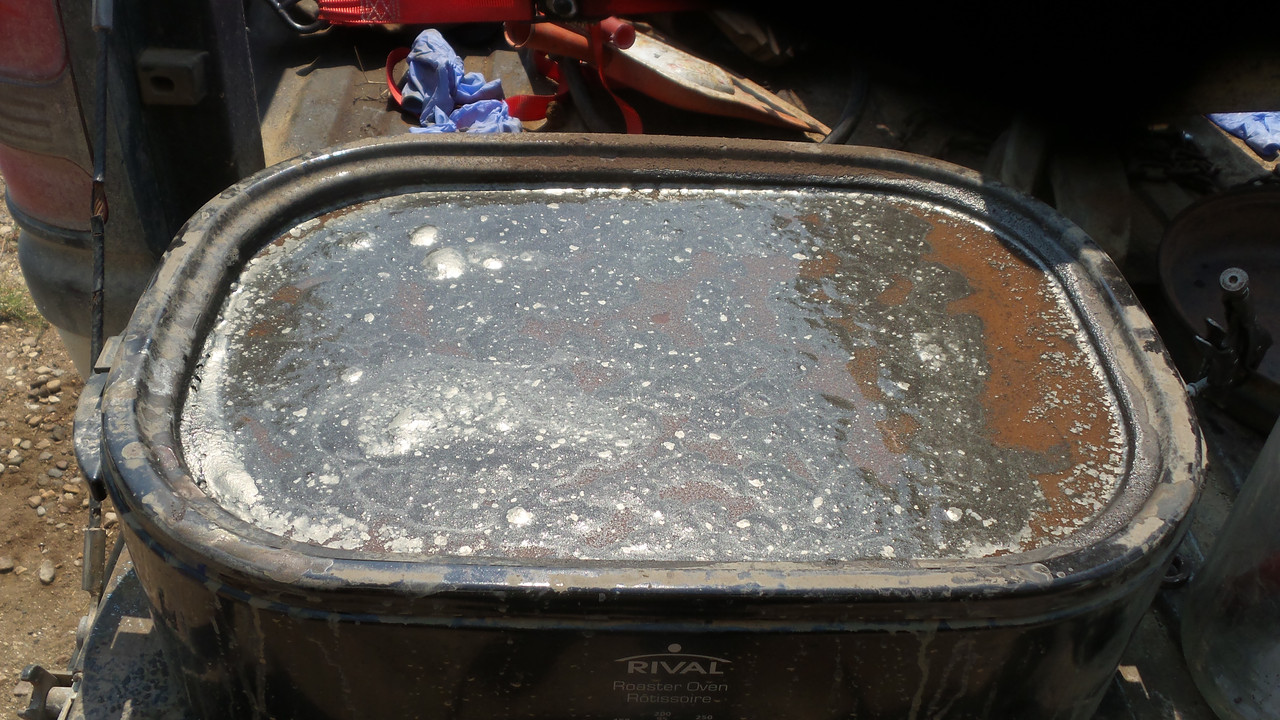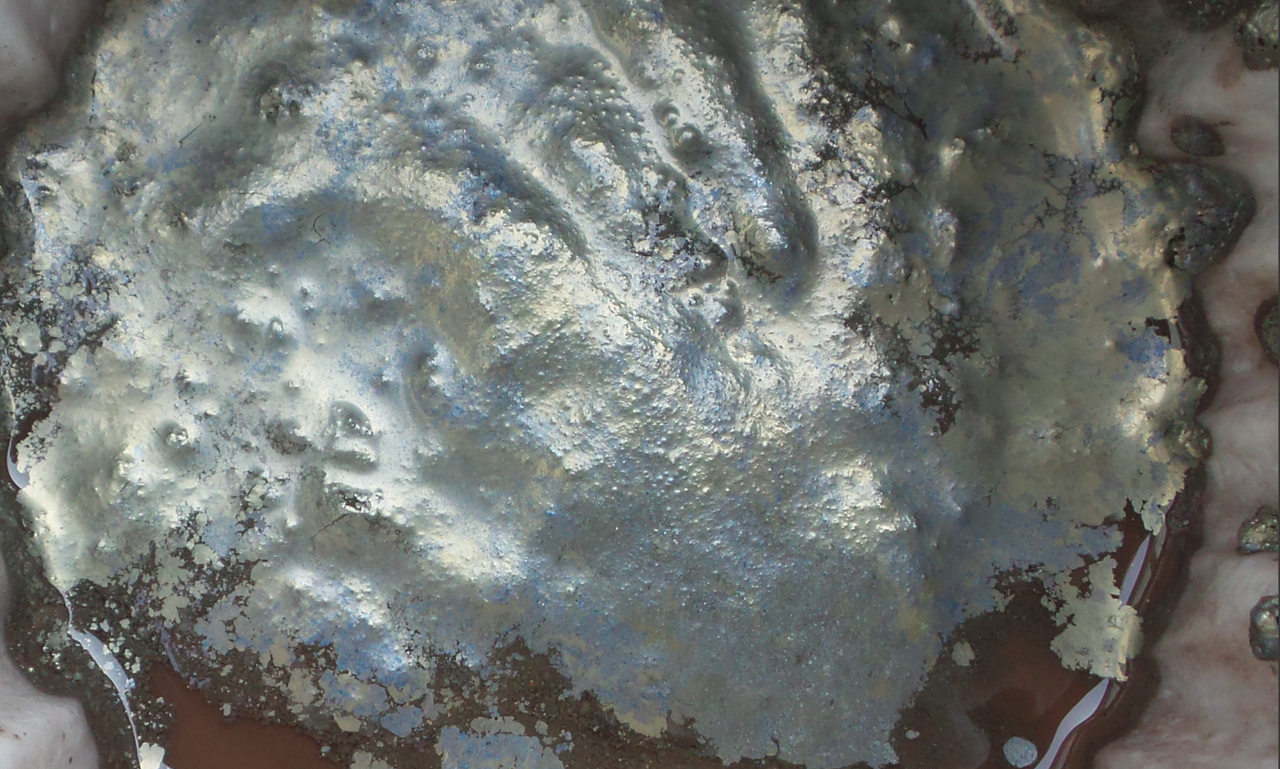Curious if loose hard rock found on a placer claim could be over staked as a mineral claim.
I've crushed a small sample then digested this in AR, drawn off a small sample for a copper drop got a nice black precipitate.
Tomorrow I'll make up some stannous.
When I crushed the sample a lot of brown powder became visible this power dissolves into AR almost immediately what is left over is some quartz along with some sulfides. I'll post the results when I have them.
I'm hoping the rock is made up mainly from alluvial gold dust.
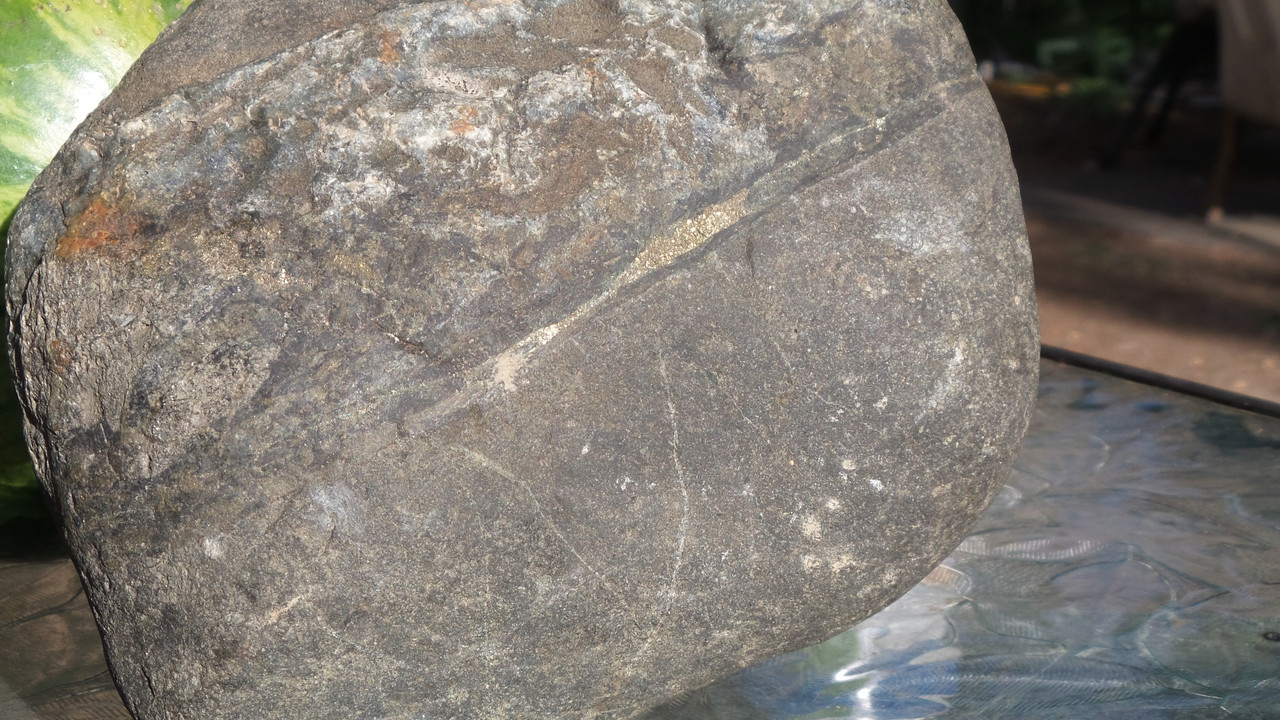
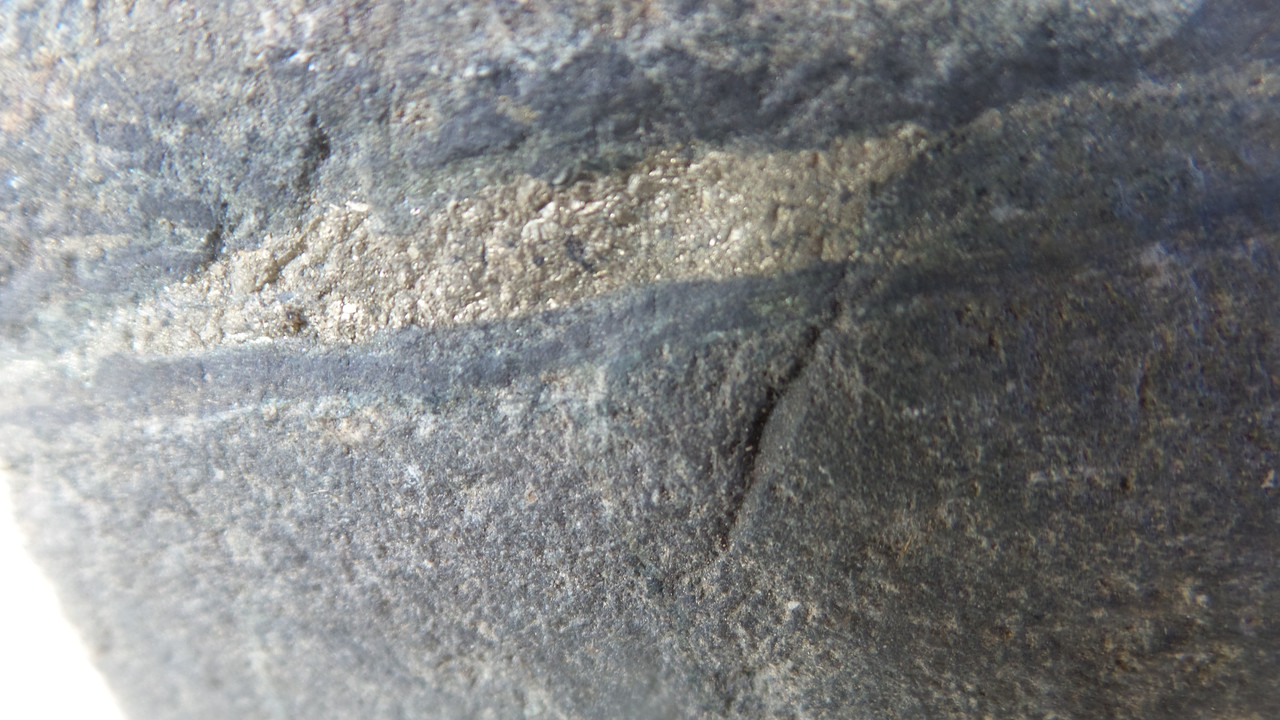
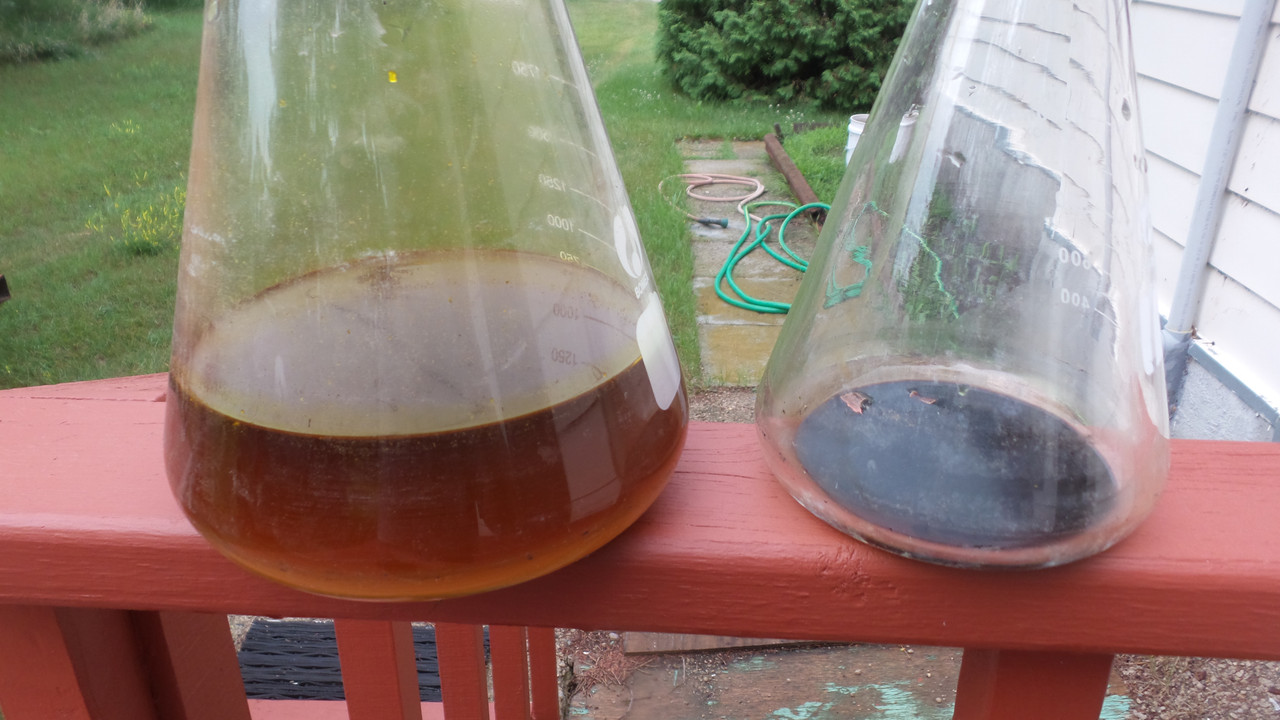
I've crushed a small sample then digested this in AR, drawn off a small sample for a copper drop got a nice black precipitate.
Tomorrow I'll make up some stannous.
When I crushed the sample a lot of brown powder became visible this power dissolves into AR almost immediately what is left over is some quartz along with some sulfides. I'll post the results when I have them.
I'm hoping the rock is made up mainly from alluvial gold dust.








